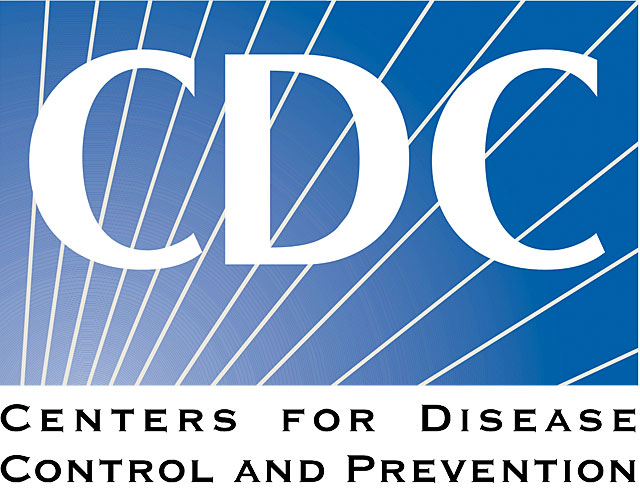Rural counties consistently had higher suicide rates than metropolitan counties from 2001-2015, according to data released today in the Centers for Disease Control and Prevention (CDC) Morbidity and Mortality Weekly Report.
Suicide is the tenth leading cause of death in the United States.
There were more than half a million suicides during the 2001–2015 study period.
(James shares that a reason for calling 1-800-273-TALK (8255) is to express yourself. There are a million other reasons to call the Lifeline. Courtesy of 800273TALK and YouTube)
“While we’ve seen many causes of death come down in recent years, suicide rates have increased more than 20 percent from 2001 to 2015. And this is especially concerning in rural areas,” said CDC Director Brenda Fitzgerald, M.D.

“We need proven prevention efforts to help stop these deaths and the terrible pain and loss they cause.”
Mortality data from the National Vital Statistics System (NVSS) include demographic, geographic, and mechanism of death information derived from death certificates filed in the 50 states and the District of Columbia.
The new report examined annual county level trends in suicide rates during 2001-2015 for rural counties, medium/small metropolitan counties, large metropolitan counties, as well as demographics and mechanism of death.
Overall, suicide death rates for rural counties (17.32 per 100,000 people) were higher than medium/small metropolitan counties (14.86) and large metropolitan counties (11.92).
Additional findings from the CDC study:

- Across metropolitan and rural areas, suicide rates for males were four to five times higher than for females during the study period.
- Suicide rates for Black Non-Hispanics in rural areas were consistently lower than suicide rates for Black Non-Hispanics in urban areas.
- White Non-Hispanics have the highest suicide rates in metropolitan counties while American Indian/Alaska Native Non-Hispanics have the highest rates in rural counties.
- Findings by age group revealed increases in suicide rates for all ages with the highest rates and greatest rate increases in rural counties.
“The trends in suicide rates by sex, race, ethnicity, age, and mechanism that we see in the general population are magnified in rural areas,” said James A. Mercy, Ph.D., director of CDC’s Division of Violence Prevention.

“This report underscores the need for suicide prevention strategies that are tailored specifically for these communities.”
CDC recently released a technical package (a compilation of a core set of strategies based on the best available evidence that have the greatest prevention potential) to prevent suicide that includes examples of programs that can be customized to fit the cultural needs of different groups.
The Health Resources and Services Administration (HRSA) has developed activities to address suicide in rural areas including epidemiologic studies, research, telemedicine and programs addressing primary health care providers.
To read the article, visit the MMWR Homepage.
Visit CDC’s Website to learn more about suicide prevention.
For more information on rural health, visit www.cdc.gov/ruralhealth.
 For best practices on suicide reporting, please refer to the Recommendations for Reporting on Suicide.
For best practices on suicide reporting, please refer to the Recommendations for Reporting on Suicide.
If you or someone you know is thinking about suicide or needs support, help is always available. Call the National Suicide Prevention Lifeline at 1-800-273-TALK (8255) or visit http://suicidepreventionlifeline.org.





















